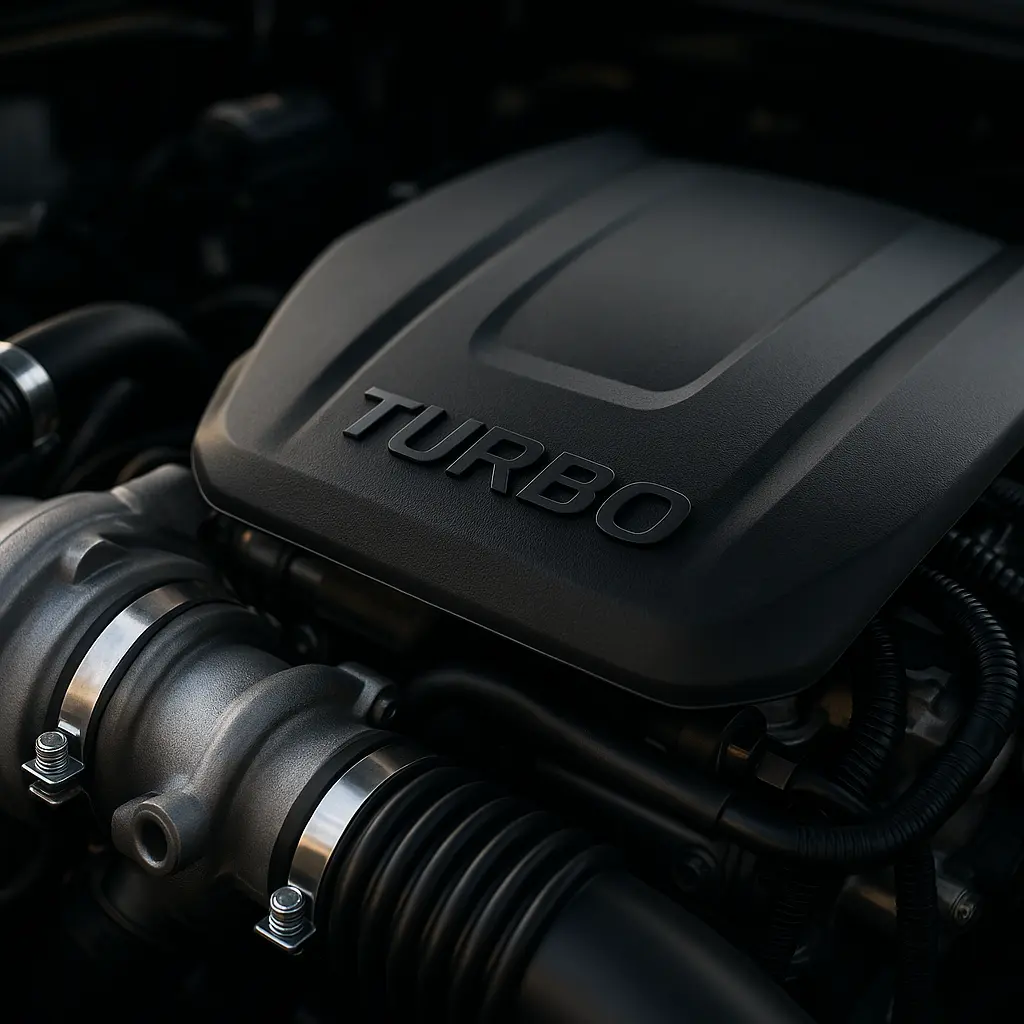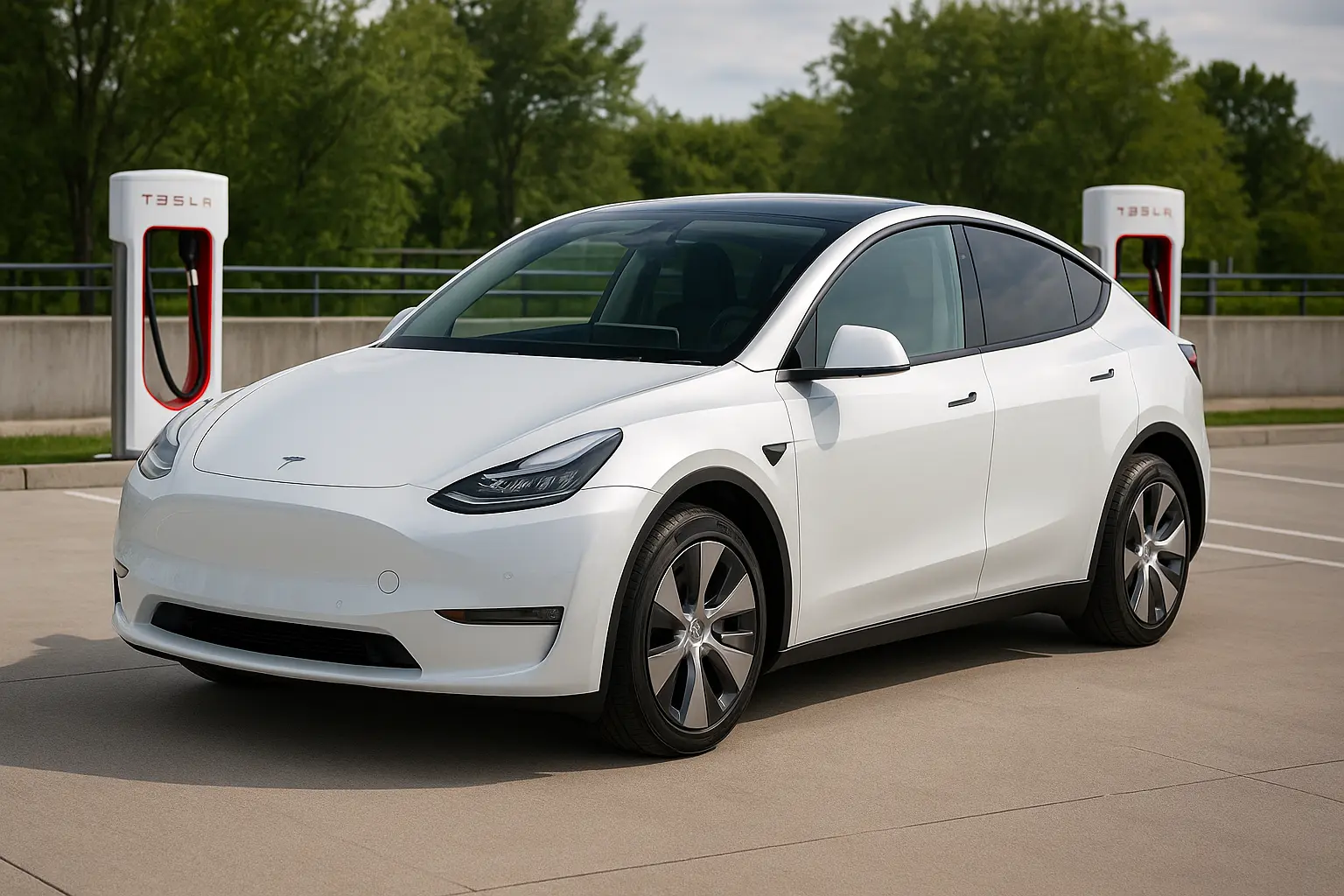🚗 Are Turbocharged Engines Still Worth It in Modern Cars?

Introduction: Turbocharged Engines in 2025
Once a rare performance feature found in sports cars and high-end sedans, turbocharged engines have gone mainstream. In 2025, they're found in everything from family SUVs to hatchbacks and even utes. But with the rise of electrification and hybrid tech, are turbocharged engines still a good choice? Should Aussie buyers still bet on the boost?
This comprehensive guide breaks down how modern turbo engines work, their pros and cons, how they stack up in terms of reliability, efficiency, and real-world performance—and whether they’re still worth it in today’s shifting automotive landscape.
🔍 What Is a Turbocharged Engine?
A turbocharged engine uses a turbine-driven forced induction system to compress air into the combustion chamber. More air = more fuel = more power. This process allows a smaller engine (e.g., 1.5L) to perform like a larger one (e.g., 2.5L) while keeping fuel use in check—at least in theory.
Key Components:
Turbine – Powered by exhaust gases
Compressor – Draws in more air
Intercooler – Reduces air temperature before combustion
Wastegate – Controls boost pressure
✅ Pros of Turbocharged Engines
1. 💪 More Power Without More Cylinders
A 1.6L turbo four-cylinder can rival a naturally aspirated V6 in output. This means smaller, lighter engines that pack a punch.
Example:
Hyundai i30 N Line 1.6T – 150kW
Toyota Camry 2.5L NA – 152kW
2. ⛽ Better Fuel Efficiency (Under the Right Foot)
Turbo engines offer better fuel economy if driven sensibly. They deliver strong torque at lower RPMs, allowing earlier upshifts and less engine strain.
Real-world efficiency gains:
Ford Puma 1.0L Turbo – ~5.3L/100km
Honda HR-V 1.5L NA – ~6.6L/100km
3. 🌱 Lower Emissions in Smaller Packages
Smaller turbocharged engines often produce fewer emissions than larger NA engines, especially under light to moderate loads.
4. ⚙️ Torque-Rich Drive Feel
Turbos provide early torque delivery, making overtakes smoother and city driving more responsive.
❌ Cons of Turbocharged Engines
1. ⚠️ Real-World Fuel Use Can Be Disappointing
Many drivers unknowingly engage the turbo often—especially in hilly areas or heavy-footed city driving—leading to higher consumption than expected.
Example:
Mazda CX-5 2.5T – claimed 8.2L/100km, real-world ~10L+
2. 🧰 Higher Complexity, Higher Repair Costs
More moving parts = more potential for failure. Turbos, intercoolers, wastegates, sensors—all must work in harmony.
Common failure points:
Turbo seal leaks
Boost control valve failure
Carbon buildup on intake valves
3. 🧊 Turbo Lag (Though Less Noticeable Today)
Some turbo engines still suffer from slight delay in throttle response, particularly older single-scroll setups.
4. 🛢️ Premium Fuel Requirements
Some turbo cars demand 95 or 98 RON fuel for best performance, adding to the cost of ownership.
⚙️ How Modern Turbo Tech Has Improved
Modern turbocharged cars are vastly better than their early 2000s counterparts. Here’s how:
Twin-scroll turbos reduce lag and improve low-end power
Variable geometry turbos (VGT) allow for wider performance bands
Electric turbos (used in mild-hybrids like Mercedes EQ Boost) reduce lag to near-zero
Cylinder deactivation for fuel savings during light loads
🚘 Which 2025 Cars Still Use Turbocharged Engines?
✅ Popular Turbocharged Models in Australia (2025)
| Model | Engine | Power | Claimed Fuel Use |
|---|---|---|---|
| Hyundai Tucson N Line | 1.6L Turbo Petrol | 132kW | 7.2L/100km |
| Ford Escape ST-Line | 2.0L EcoBoost Turbo | 183kW | 8.6L/100km |
| Mazda CX-5 GT SP | 2.5L Turbo Petrol | 170kW | 8.2L/100km |
| Volkswagen Golf R-Line | 1.4L Turbo | 110kW | 6.0L/100km |
| Skoda Octavia RS | 2.0L Turbo Petrol | 180kW | 6.6L/100km |
⚡ Turbo vs Hybrid vs Naturally Aspirated in 2025
| Feature | Turbocharged | Hybrid | Naturally Aspirated |
|---|---|---|---|
| Power | Strong mid-range torque | Instant torque from EV | Linear power delivery |
| Efficiency | Good when driven gently | Best in traffic/city use | Usually higher |
| Maintenance Cost | Higher (complexity) | Moderate (battery/hybrid) | Lower (fewer parts) |
| Fun to Drive | ✅ | 🚫 (depends) | ✅ (high revving engines) |
| Ideal Buyer | Performance-minded | Fuel-savers, urban users | Simplicity lovers |
🔧 Turbo Maintenance Tips for Aussie Drivers
Warm-up and cool-down – Avoid hard acceleration on a cold engine and let it idle before switching off after spirited driving.
Use high-quality oil – Follow the manufacturer’s oil change schedule. Turbo engines run hot.
Stick to premium fuel – If required. Detonation can damage turbo internals.
Monitor boost pressure – If your car has a gauge, keep an eye for spikes or drops indicating issues.
Watch for smoke – Blue smoke = oil leak in the turbo. Get it checked.
📉 Are Car Brands Moving Away from Turbos?
Some are. Others aren’t.
Phasing Out (in favour of hybrid/EV):
Toyota – Largely relies on NA hybrid tech now
Honda – Reducing turbo use, favouring e:HEV
Nissan – Shifting focus to e-POWER and EVs
Still Investing in Turbo:
Hyundai/Kia – Turbo petrol remains strong in N Line and GT models
Volkswagen Group – TSI and TDI engines still widely used
Ford – EcoBoost range remains core to its ICE lineup
🧠 Buyer’s Guide: Is Turbo Still Right for You?
✔️ Choose Turbo If:
You want a more powerful drive in a compact package
You drive mostly highways and want strong overtaking power
You don’t mind premium fuel and proper maintenance
❌ Avoid Turbo If:
You want the lowest long-term maintenance cost
You do mostly short trips in stop-start city traffic
You plan to keep the car for 10+ years without extended warranty
💬 Verdict: Are Turbocharged Cars Still Worth It?
Yes—but only if they suit your lifestyle and driving habits.
Turbocharged engines still offer a great balance of power and efficiency in 2025, especially in mid-size SUVs, hatchbacks, and performance sedans. For Aussie drivers looking for that extra kick without jumping into full EV or hybrid territory, turbo petrol remains a worthy contender.
However, they come with trade-offs. Complexity, maintenance, and real-world fuel use can be issues if not understood upfront. The best approach is knowing what you want from your vehicle: performance, economy, or simplicity.
🏁 Final Thoughts
As we transition into an electrified future, turbocharged petrol engines are in their prime—but not forever. If you’re eyeing a 2025 model with a turbo, now’s the time to make the most of this tech before hybrid and EV options fully take the wheel.
Leave a comment
Your email address will not be published. Required fields are marked *




















